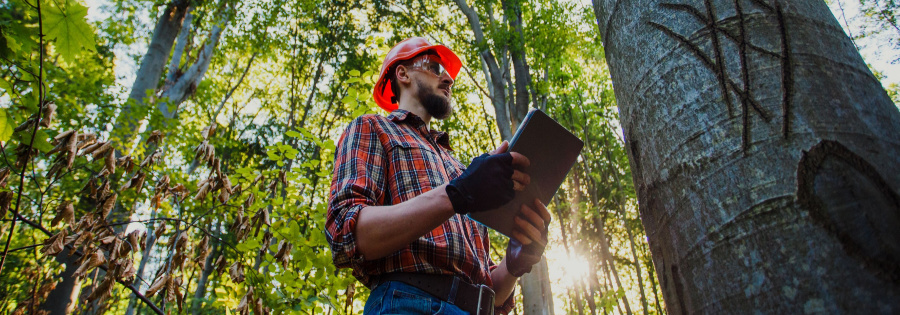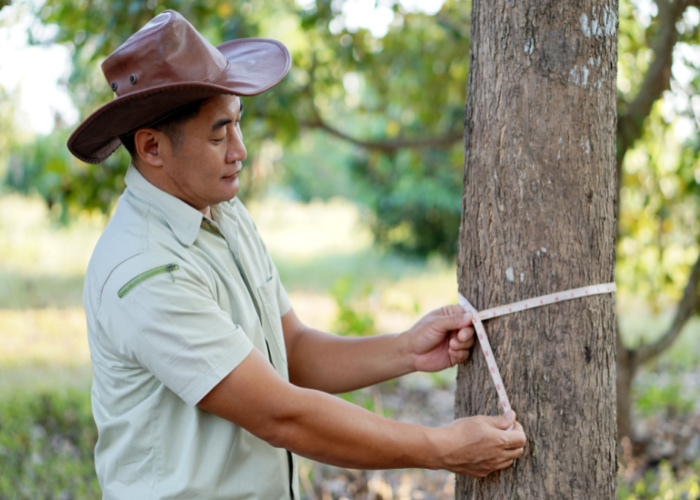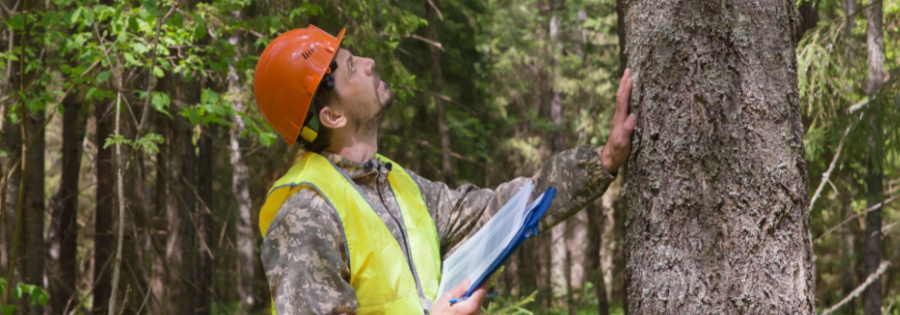Commercial Tree Risk Assessment: The Basics

Risk assessments are important because some trees can pose a safety hazard if they fall on people or property. They are also crucial for maintaining property values and natural landscapes. This article will look at some of the most critical factors arborists look at when performing commercial tree risk assessments.
What Is a Commercial Tree Risk Assessment?
A commercial tree risk assessment is an analysis of the potential hazards that could affect a company’s property. The assessment usually looks at the trees on the property and determines what level of risk they pose. In some cases, a tree evaluation can be used to develop a plan for mitigating those risks.
Looking for professional tree services near you? Call Coastal Spray today.

How Do Experts Assess the Risk of a Tree?
The “risk assessment” of a tree is not a one-size-fits-all operation. Instead, the assessment is done by experts trained in the field. They use various tools to assess a tree’s risk and devise solutions tailored to the individual needs of each situation.
Inspection is a crucial step in assessing the risk of a tree. Arborists will look for any signs of decay in the tree, dead branches close to the ground, and the tree’s overall shape.
Primary factors that are considered during tree cutting risk assessments are outlined below.
Tree history
A tree’s complete history of the tree is essential when assessing the likelihood of future failures. For example, previous branch failures or the presence of certain pests can provide valuable insight into the tree’s current condition.
Species profile
The tree species is a crucial factor when determining the overall risk of failure and should be taken into account by the tree specialist. Some species are known for being shallow-rooted and blowing over in heavy winds.
Tree vigor
The overall health and vigor of the tree can be identified by observing the overall canopy density, amount of deadwood, bark condition, pruning wounds, and leaf coloring.
Crown density
A thinning crown indicates that a tree is not doing well. Crown evaluations allow for assessing current tree conditions, including stand density, site conditions, and external stressors.
Likelihood of failure
After evaluating the tree’s history and overall health, the assessor will give the tree a score on the possibility of failure (whether it’s the entire tree, a single branch, etc.)
Potential targets
What would be the consequences if the tree in question fails? If the target is insignificant, we might lean towards preserving the tree. However, if tree failure has the potential to harm a person or property, we will likely recommend tree removal.
Mitigation options
This portion of the assessment largely depends on the consequences of failure. If the likelihood of failure and potential consequences are high, the most reasonable course of action would be to remove the tree (or branches) at risk of failure.

The 3 Assessment Levels
- Level 1: Limited Visual Tree Risk Assessment – The tree is visually inspected from a defined, limited perspective. Examples may include an aerial patrol, foot patrol, drive-by survey, or photograph.
- Level 2: Basic Tree Risk Assessment – In this 360° ground-based visual observation of the tree, the assessor checks the roots, trunk, and crown for any structural defects.
- Level 3: Advanced Tree Risk Assessment – This level involves anything that goes above and beyond levels 1 and 2. Examples include tissue testing, resistance drilling, and drone inspection.
Benefits of Professional Tree Risk Assessments
A professional tree cutting risk assessment is an integral part of any property owner’s maintenance responsibilities. This process can be done by an arborist or a certified risk assessor. With this assessment, you will be able to identify the potential dangers your trees may pose to your commercial property. You will also be able to plan for any potential hazards that could arise in the future.
The benefits of a professional tree evaluation are:
- Identify potential risks
- Plan for future hazards
- Save time and money
- Avoid liability
How Much Does a Tree Risk Assessment Cost?
The cost of a tree risk assessment is determined by the size of the property, the number of trees on it, and the type of assessment needed.
Tree evaluations are not just for large companies. They can be used on any property to determine what needs to be done to maintain safety and appearance.
Contact Coastal Spray for Expert Tree Services
If you want to keep your commercial or industrial property safe and valuable, contact Coastal Spray. For more than 40 years, we’ve offered our expert tree services for industrial and commercial properties, as well as to government agencies and municipalities. We provide effective and safe removal of trees from all types of industrial clients. We also offer right of way clearing, office pest control, brush removal and land clearing, proactive pest control, and erosion control in Houston.
If you are looking for quality service at a reasonable price, contact us today.